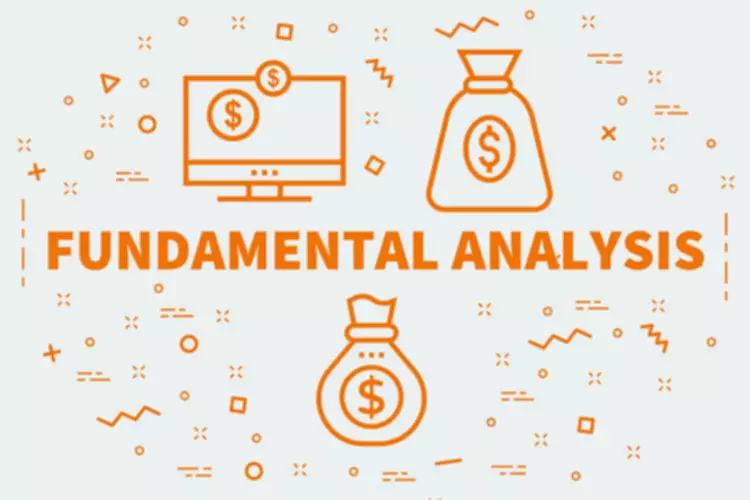Content
Certain types of assets, particularly vehicles and large pieces of equipment, are frequently exchanged for other tangible assets. For example, an old vehicle and a negotiated amount of cash may be exchanged for a new vehicle. Account NameDebitCreditCashXXXAccumulated depreciationXXXCost of AssetsXXXNow let’s assume that ABC Co sold its machinery for $9,000.
An asset disposal may require the recording of a gain or loss on the transaction in the reporting period when the disposal occurs. For the purposes of this discussion, we will assume that the asset being disposed of is a fixed asset. Fixed-asset accounting records all financial activities related to fixed assets. The practice details the lifecycle of an asset, such as purchase, depreciation, audits, revaluation, impairment and disposal. In a company’s books, each asset has an account, where all the financial activities related to fixed asset are recorded.
Accounting for Asset Disposal
CPAs should test an asset for recoverability by comparing its estimated future undiscounted cash flows with its carrying value. The asset is considered recoverable when future cash flows exceed the carrying amount. The asset is not recoverable when future cash flows are less than the carrying amount.
Fair value is an asset’s purchase or sale price in a current transaction between willing parties. The best evidence of fair value is prices quoted in active markets, such as the price for a stock listed on a stock market. Because market prices are not available for many long-lived assets such as equipment, fair value estimates must be based on the best information available, including prices for similar assets. While CPAs can use other valuation techniques, present value is often the best for estimating fair value. FASB Concepts Statement no. 7, Using Cash Flow Information and Present Value in Accounting Measurements, discusses two present-value techniques CPAs may use.
What Is Component Accounting for Fixed Assets?
When a business loses possession of an asset, asset disposal occurs. Tom uses the straight-line method to record the asset’s depreciation. When the disposal proceeds are greater than the carrying value of the asset, there will be a disposal gain. In this article, we will discuss what asset disposal is and how to account for it. Use clearing accounts when you cannot immediately post payments to a permanent account. For example, if you are furnishing a new building for a client, you may place costs and payments in a clearing account until the work is complete.
Other disposal methods include abandonment, exchange for a similar productive asset or distribution to owners in a spin-off. A business must include an impairment loss in the income from continuing operations before income taxes line on its income statement. This Statement addresses financial accounting and reporting for the impairment or disposal of long-lived assets.
Full Reimbursement on an Insurance Claim
These assets are referred to as “ghost assets” and you’ll want to get them off your books before your next audit. The company needs to derecognize such assets from the Balance Sheet. Suppose PakAccountants Plc has a building carried at 200,000 in the books of accounts having connected accumulated depreciation of 75,000 and a revaluation surplus of https://www.bookstime.com/ 60,000. The Fixed Assets Management SuiteApp enables you to dispose a partial quantity of an asset. Asset sale or disposal enables a partial quantity to be processed, in which case the quantity disposed must be entered. The remaining value of the asset is reduced (similar to an asset write-down) so that future depreciation calculates correctly.
How do you record loss on a balance sheet?
- Final Accounts are prepared on the basis of Trial Balance.
- Trading Account is a part of Profit & Loss Account.
- Profit Loss Account is prepared to find out Gross Profit or Gross Loss.
After depreciation, a loss of $20,000 is recognized on the disposal of the asset. Gain on disposal is calculated by subtracting the accumulated depreciation from the original cost of an asset and then adding the sales amount. In this example, the asset was purchased for $100,000, and accumulated depreciation is $80,000. A buyer paid $54,000 cash for the asset, which results in a gain on disposal of $34,000.
To dispose of a fixed asset, go to the Fixed Assets tab, click the Edit button for the asset disposed, check Disposed fixed asset, then enter the date of disposal. This transfers the book value of the asset to the designated expense account and the book value on the balance sheet is reduced to zero. how to record disposal of asset When a company retires an asset, it could recognize a gain or a loss . An asset’s carrying value (cost – accumulated depreciation) is calculated to determine the gain or loss. Accumulated depreciation represents all the depreciation that a company has taken on an asset since it started using it.

